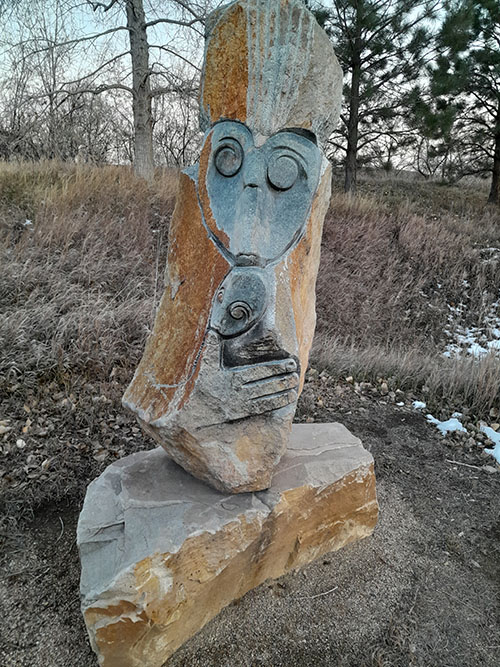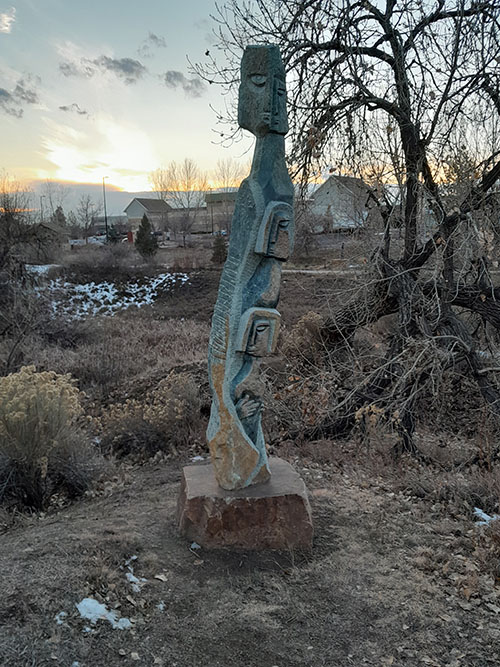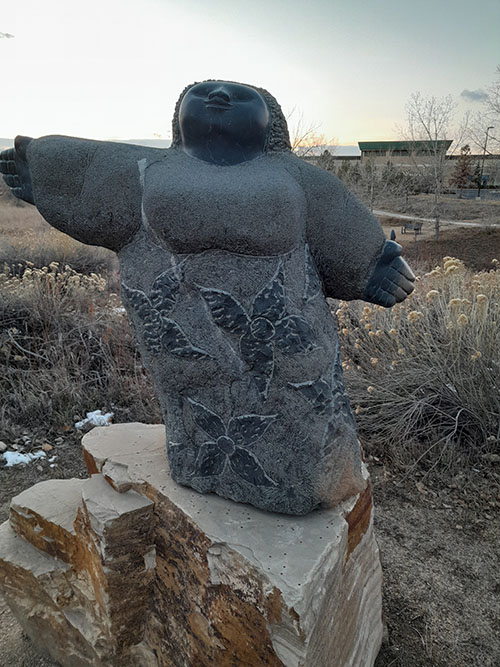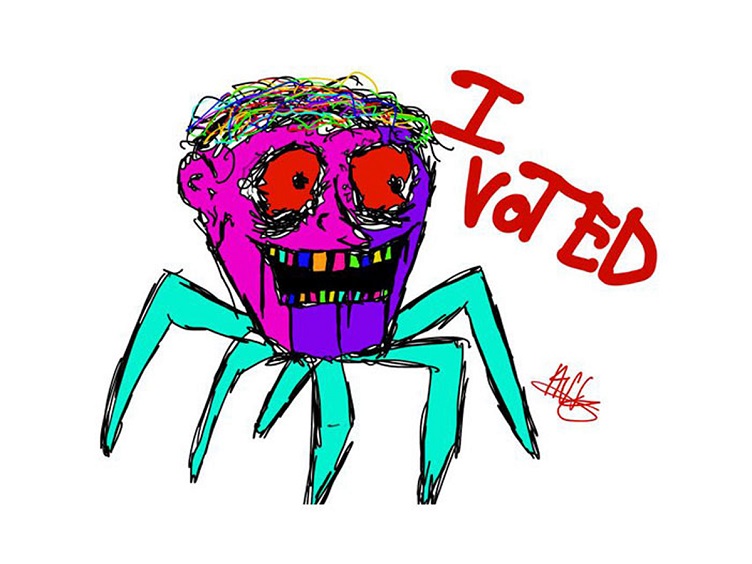Here is a fun little conversation for performing arts venues because there is a fair chance you have a different point of view as a venue operator than as a consumer.
I saw this tweet last week. Apparently the venue set-up their online ticket sales criteria to make sure there weren’t any orphan single seats left open. It hit a minor nerve with others replying they had the same issue at other venues.
I only want two tickets. A single empty seat is your problem @TicketmasterUK, not mine! pic.twitter.com/bFMwz7AmdT
— James Ashe (@james_c_ashe) November 30, 2022
I swear to you that a couple hours later, we got a call at my venue box office from a guy complaining about the opposite problem. A nearly sold out show only had single tickets left and he felt it was our responsibility to shuffle people around so he and his girlfriend could sit next to each other.
I wondered how many venues out there had their ticketing system set up so that people couldn’t leave orphan seats? What sort of feedback do you get from that?
Honestly, unless you have been really good about making sure all your rows have an even number of seats, it is almost guaranteed that there will be orphaned seats unless you have a party of odd numbers insert themselves into the row somewhere.
This approach tends to value revenue generation over customer service. Note that you are only asked to leave at least two empty seats together. So if you leave three empty seats, the next purchaser of two tickets may not be able to complete their purchase. Likewise, it may not prevent four different purchasers from leaving an empty space between their parties if there are still a good number of seats left in the row. I actually tested skipping a single seat on a Ticketmaster site and was able to do it, but wasn’t willing to get on multiple computers to try doing it in the same row a number of times.
I definitely understand the desire to maintain effective revenue generation. When we get close to selling out, I start to scrutinize what holds we might safely release for sale. When I go to performances at other venues and movie theaters where I can choose my seat, I actually scrutinize the map and pick seats with an eye to leaving even number of seats in the row because I am sympathetic to the need for optimum seat usage.
But I also don’t want to throw up barriers that disincentivizes patrons from choosing to attend a live performance. It is really the patron’s responsibility to work out how to make seating choices that are best for the venue?
What are other people’s thoughts?






There is another way. The Gewandhaus Leipzig in Germany (concert venue) offers flex- tickets for a small premium. Not an…